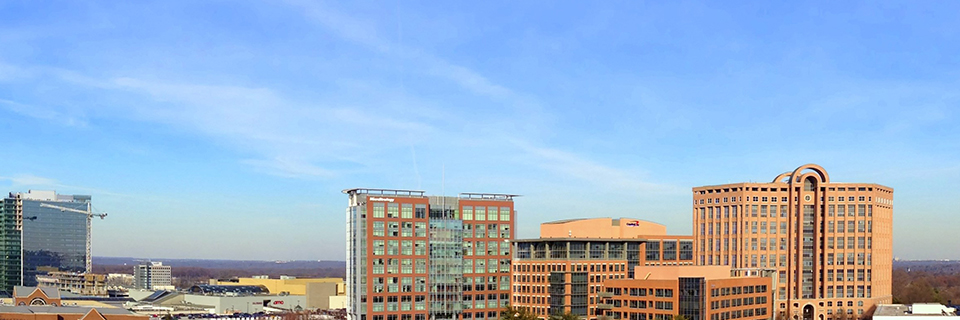On May 5th, 2020, the Small Business Administration (SBA) and Treasury Department issued updated Paycheck Protection Program (PPP) FAQs. At that time, many businesses that had submitted a PPP loan application were considering whether they should return the proceeds by the May 7th safe harbor deadline. The safe harbor creates a presumption of good faith for borrowers who made the required necessity certification but upon further consideration decide to return PPP funds, allowing those businesses that did not truly comport with the intent of the PPP to avoid penalties for making a false certification. Fortunately, FAQ #43 extended the safe harbor deadline by one week: May 14th, 2020. Unfortunately, for those still uncertain of what they should do, guidance for how the good faith certification will be reviewed by the SBA remained somewhat vague.
The SBA had previously directed loan applicants to:
- Consider if “current economic conditions make necessary the loan request to support the ongoing operations”;
- “[T]ake current business activity into account”; and
- Analyze its current “ability to access other sources of liquidity sufficient to support ongoing operations in a manner that is not significantly detrimental to the business”.
Based on this existing guidance, businesses at the very least should have undertaken an analysis of their current financial situation, current operations, access to other liquidity, supply chain issues, and anticipated short-term negative impacts of the pandemic.
However, the evolving SBA guidance being issued suggested increasingly aggressive certification review and potential legal action against borrowers, which left many small businesses wondering if they should simply return the loan to avoid being swept up in the backlash. With May 14th hours away, the SBA has finally updated its certification review procedure: If you are a borrower (including affiliates) that received a PPP loan “with an original principal amount of less than $2M,” then you are “deemed to have made the required certification concerning the necessity of the loan request in good faith.”
Borrowers with loans below the threshold are less likely to have access to other sources of liquidity, according to the SBA, and for that reason will be distinguished from borrowers above the threshold. For borrowers with loans of $2M or more, the guidance from May 5th still applies, meaning those loans will be subject to review.

